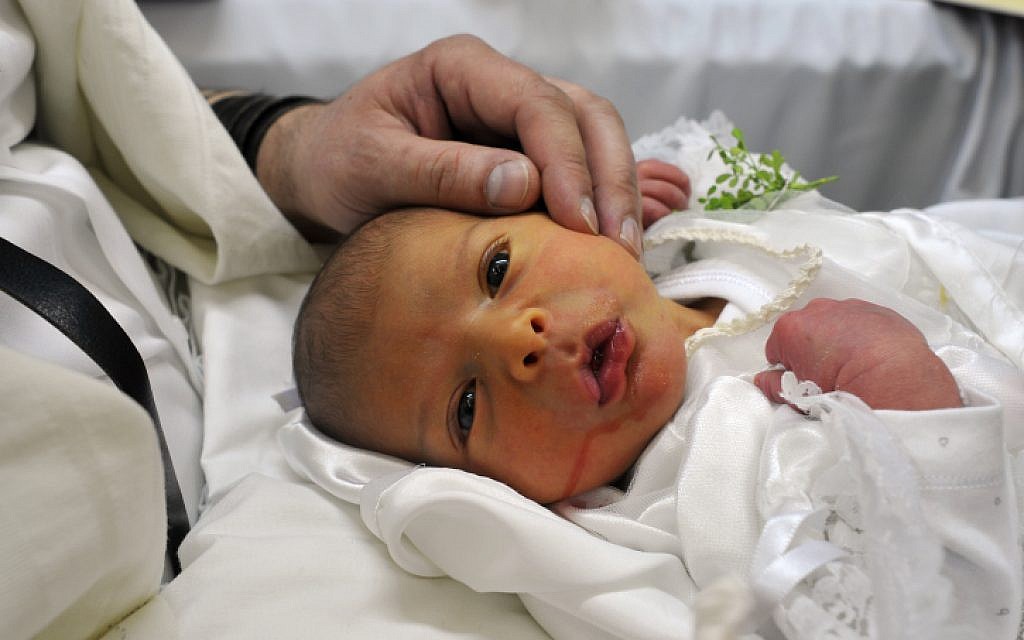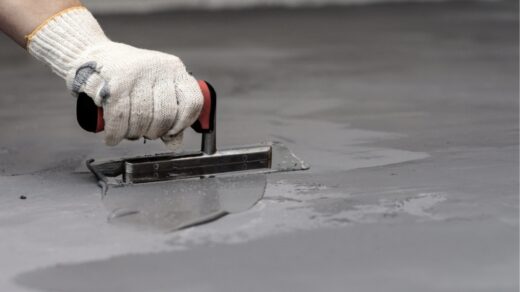Circumcision involves removing the male’s foreskin. During a typical circumcision, the shaft of
the man’s penis is freed from its head, and then the foreskin is neatly removed by clipping it off
with clippers. The procedure begins with medical personnel removing the penis from the head
with a sterile scalpel. Next, local anesthesia is applied to the glans to numb them. The medical
personnel then place a ring or clamp around the man’s penis, and then remove the foreskin
using a sharp knife.
A circumcision can pose many risks. A circumcision can lead to chronic infections, as well as
amputation of your glans penis. A tight, warm area, such as the glans, can be an easy entry site
for bacteria and fungi, which can then lead to infection and even an allergic reaction.
Another risk with a foreskin surgery is the tendency to see the skin retract after the procedure.
When this happens, blood begins to leak into the scrotum and may even get into the man’s
testicles. This is one of many complications that circumcisions can cause and parents want to
avoid. If this does happen, temporary skin tags should have no impact on your child’s sexual
development.
Not all babies who are circumcised turn out to be healthy. This procedure is often recommended
for newborn babies as there are fewer risks. Older boys, especially those born to single
mothers, may have difficulty following this procedure. This is because they are not taught how to
prevent possible complications. Older boys may feel more sensitive in their penis if they were
circumcised too early.

Infection of the eyes is the primary side effect. In rare cases, infection can lead to death. Before
deciding to perform the procedure, it is vital for a doctor that he knows all about the medical
history of a boy. Some side effects can occur in newborn babies, although they are rare. If these
side effects are discovered by a doctor, they will discuss the options and how each can be used
to help their child.
Many parents decide that newborn male circumcision is safer than having their child get STDs.
Medical research has not proved that male infanticides eliminate the possibility of contracting
STDs. You should take every precaution when dealing with sensitive areas such as your baby’s
genitals. Your doctor can likely explain the risks associated with each method for circumcision of
male infants. These precautions cover everything from the type and duration of the anesthesia
to the care of the wounds afterward.
The health benefits of male circumcision for newborns outweigh the risks. Circumcision removes
a lot of risk from having to deal with a man’s sensitive parts. It is recommended that a newborn
should be circulated with his foreskin exposed at all times, though most doctors recommend that
it be covered when the baby is sleeping. A doctor can place a newborn in a wraparound
operation chair, or “crib”, to provide more comfort. Newborns spend a lot time wrapped in towels.
He can also use disposable anesthetic creams to soothe the baby’s skin instead of making him
wear a band.
Circumcision can be done using any one of the many different techniques. Doctors often use it
along with local anaesthesia, nitrous dioxide sedation, to control discomfort, pain, and blood
losses. Most people find that they only require a small amount for pain relief after the procedure.
This is because it usually takes only a few minutes. Most men can return to their daily activities
within one week. But it is best that you consult your doctor first


